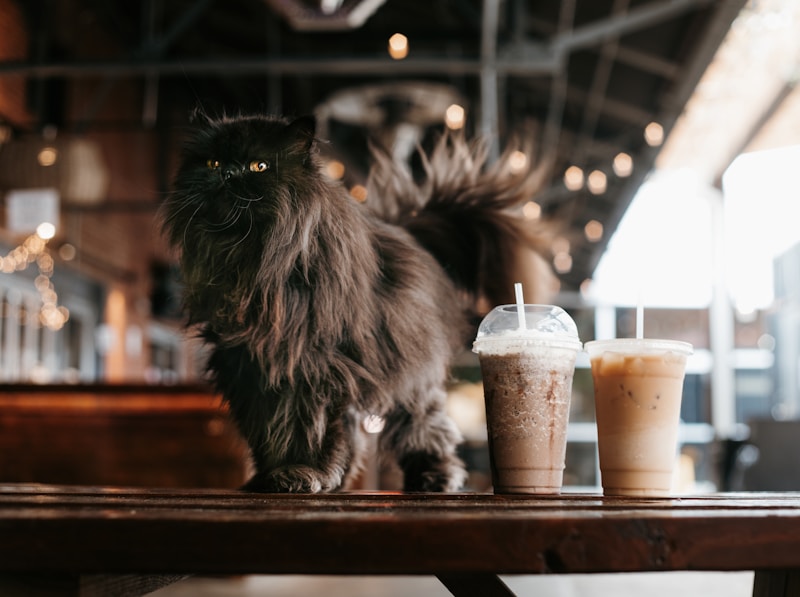When it comes to feeding your furry companions, one of the most common questions pet owners ask is whether wet or dry food is the better option. Both types of food have their own unique benefits and drawbacks, and the right choice can depend on a variety of factors including your pet’s age, health, lifestyle, and personal preferences. In this article, we’ll break down the key differences between wet and dry pet food to help you make the best decision for your pet.
Nutritional Differences
One of the most important considerations in choosing between wet and dry food is the nutritional content. Both types can provide complete and balanced nutrition if you select a high-quality product, but they differ in some key areas.
Dry food generally has a higher concentration of carbohydrates and a lower moisture content—typically around 10%. This makes it calorie-dense and a good choice for active pets who need more energy. It’s also easier to store and measure, which can be helpful for weight management.
Wet food, on the other hand, contains about 70-80% moisture, which helps keep your pet hydrated, especially if they don’t drink much water on their own. It often has more protein and fewer carbohydrates than dry food, making it more suitable for pets with specific dietary needs such as diabetes or kidney issues. However, not all wet foods are created equal, so it’s important to read the label to ensure it meets your pet’s specific nutritional requirements.
Dental Health Considerations
One commonly cited advantage of dry food is its impact on dental health. The crunchy texture of kibble can help scrape plaque and tartar off your pet’s teeth, contributing to better oral hygienes. Some dry foods are even formulated specifically to support dental health.
Wet food doesn’t offer the same abrasive benefits and can sometimes stick to the teeth, potentially leading to plaque buildup. However, dental health shouldn’t rely on food alone. Regular brushing and professional dental cleanings are still the most effective ways to maintain your pet’s oral hygiene.
If your pet already suffers from dental issues or has missing teeth, wet food may actually be a better choice since it’s easier to chew and digest.
Cost and Convenience
Dry food is generally more cost-effective and has a longer shelf life than wet food, making it a more convenient option for many pet owners. It can be bought in bulk, stored easily, and left out for extended periods without spoiling. This is especially helpful for pets that graze throughout the day.
Wet food, while more expensive per serving, is often more palatable and enticing—making it a good option for picky eaters or pets with reduced appetite. However, it needs to be refrigerated after opening and can spoil quickly if left out, which might not be practical for every household.
In multi-pet homes or for owners with busy schedules, the convenience of dry food can outweigh the benefits of wet food. But for pets that need extra encouragement to eat or stay hydrated, wet food can be a valuable addition to their diet.
Health and Lifestyle Factors
Ultimately, the choice between wet and dry food should be guided by your pet’s individual health needs and lifestyle. For example:
-
Puppies and kittens may benefit from wet food because of its soft texture and high moisture content.
-
Senior pets or those with dental issues might also prefer wet food, which is easier to chew.
-
Overweight pets might do better on a diet of dry food, as it’s easier to portion and lower in fat.
-
Pets with kidney disease often benefit from the increased hydration offered by wet food.
In some cases, a mixed feeding approach—combining both wet and dry food—can provide the best of both worlds. This allows for better hydration and flavor from wet food, while maintaining the convenience and dental benefits of dry kibble.
In conclusion, there is no one-size-fits-all answer to the wet vs. dry food debate. Both have their pros and cons, and the best choice will depend on your pet’s specific needs and your lifestyle as a pet owner. Consulting with your veterinarian can provide valuable insight tailored to your pet’s age, breed, health status, and dietary preferences. Whichever route you choose, prioritizing high-quality ingredients and balanced nutrition is key to ensuring your pet lives a long, healthy life.

